- The past 15 months have been tough on Brazil, at least from an economic and financial perspective. Economic growth has decelerated sharply; the currency has fallen 22% versus the dollar,1 and the local Bovespa stock index has declined slightly.2 The central bank has cut rates aggressively to offset the slowdown. Inflation, while moderate, has persisted, limiting the scope for additional cuts.
- Our travels in São Paulo and Rio de Janeiro suggest the immediate future will remain challenging. However, we see signs that the country is rounding the corner.
- We met with nearly 30 companies during a week spent in the two cities. A common refrain during those meetings was that the management teams had recalibrated their plans for a future characterized by a lower but realistic rate of growth. There were no discussions of grandiose investment plans, fueled by breezy assumptions about global growth or demand from China. Several companies had seized upon the downturn to make acquisitions of weaker competitors, so as to consolidate their respective industries. A few others had restructured their operating costs, so as to become more efficient in light of the challenging macro environment.
- One of the chief concerns we have had with respect to Brazil has been the country's disappointing history of infrastructure investment (for more on this topic, please see our commentary entitled On Brazilian Investment). However, we were pleased to note that during August, President Rousseff launched a plan to stimulate investment in infrastructure, inviting private companies to bid on infrastructure projects worth about $65 billion.3 Some of the government’s signature investment projects, part of the “Growth Acceleration Program” (called the “PAC”), are among those that the administration is seeking to privatize – suggesting there are few sacred cows. If successful, the new scheme will induce somewhere between $30 and $50 billion in spending over the next five years. Bluntly, as large as those amounts are, they are too small to make a material dent in Brazil’s infrastructure deficit. However, Rousseff is to be commended for the general thrust of her effort, as well as the ideological flexibility it conveys. This is exactly the right medicine for what ails Brazil; we only hope there is more to come.
- Meanwhile, Rousseff's administration also seems to be methodically dismantling some of the major structural impediments to the country’s growth. Interestingly, the administration is doing so via unconventional tools – avoiding regulation or policy intervention, and instead applying blunt market force. By way of background: Brazil suffers from a small number of critical industries that lack sufficient competition. Those industries enjoy immense profitability, but they are not particularly efficient, and they hamper the country’s overall stability and growth. In our view, commercial banking is one such example: a small number of large, private banks enjoy ultra-high margins in what appears to be a very cozy industry. The byproduct is that Brazil has been saddled with higher interest rates than were perhaps necessary, and correspondingly lower levels of investment than would otherwise be desirable.
- Apparently Rousseff’s administration perceives the same problem. But rather than use regulation to cap rates, or lean on private banks to lend – both flawed tools sometimes deployed in other developing countries – the administration has instead pushed a handful of state-backed banks to cut their rates aggressively, providing greater competition in lending. The state banks’ aggressive pricing has forced the private banks to follow suit, causing private interest rates to fall. This approach may backfire if it creates credit losses, but there are no signs of this as yet. The banks complain that the new, lower rates eat into their margins, and don’t provide sufficient buffer against credit risks. We think that complaint is mostly exaggerated, and it does not appear to have stopped the banks from lending. Though the administration’s tactic may be an affront to certain conceptions of the “free market,” we believe that Brazil must induce greater competition and stymie pervasive rent-seeking. We applaud the administration’s efforts to do exactly that.
- Underpinning all of this change, we saw signs that Brazilian consumers are in robust health, enjoying material gains in incomes and standards of living. This is in turn fueling strong demand in several consumer sectors, especially among retailers. Given what appears to be very healthy consumer demand, we believe the economy's long-term growth trajectory rests on a solid foundation, even if the near-term outlook for the macro economy is less vibrant.
- Lastly, after successfully cleaning up many of the favelas (slums), Rio appears well placed to transform itself; there are a number of road improvement, public transportation and urban redevelopment projects underway in preparation for both the 2014 World Cup and 2016 Olympics.
São Paulo
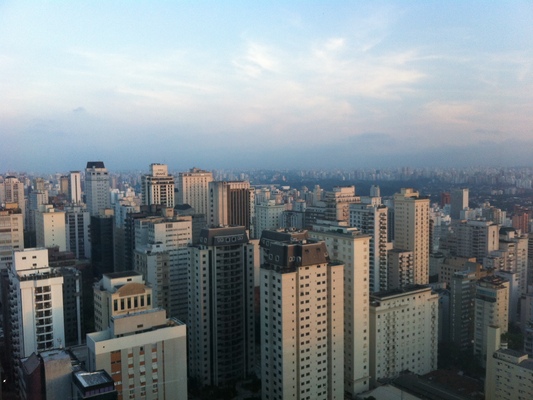
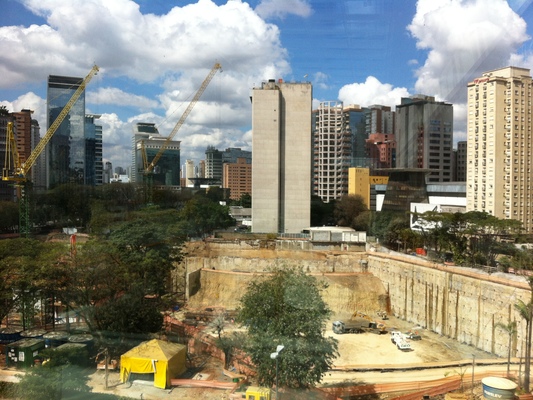
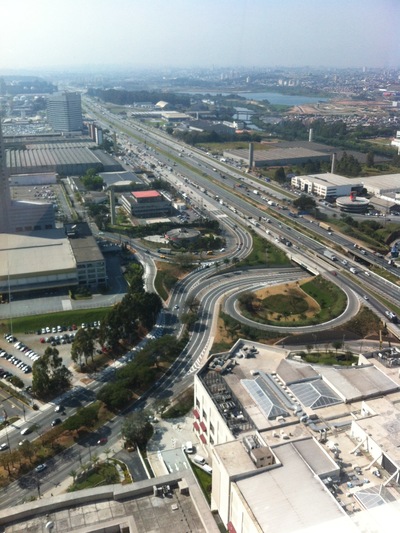
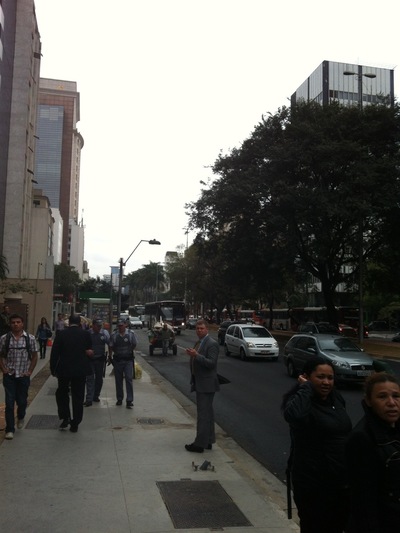


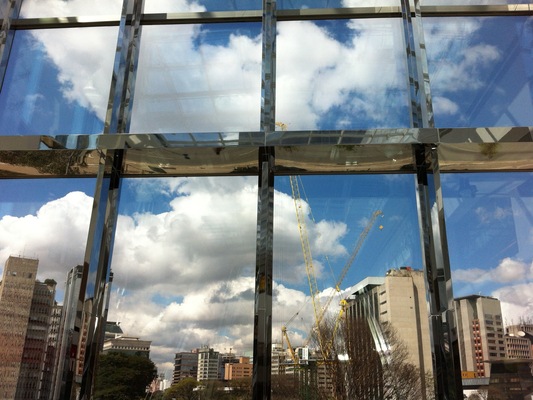



Rio de Janeiro
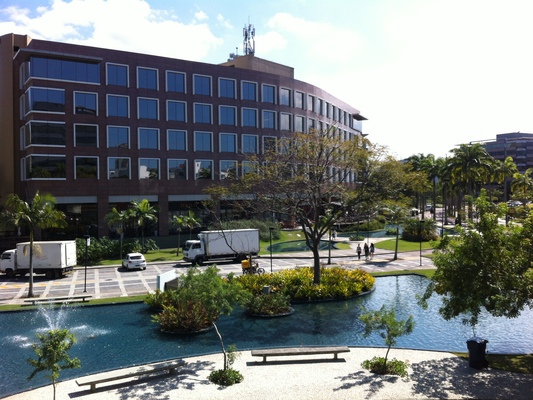


- The views and information discussed in this commentary are as of the date of publication, are subject to change, and may not reflect the writer's current views. The views expressed represent an assessment of market conditions at a specific point in time, are opinions only and should not be relied upon as investment advice regarding a particular investment or markets in general. Such information does not constitute a recommendation to buy or sell specific securities or investment vehicles. It should not be assumed that any investment will be profitable or will equal the performance of the portfolios or any securities or any sectors mentioned herein. The subject matter contained herein has been derived from several sources believed to be reliable and accurate at the time of compilation. Seafarer does not accept any liability for losses either direct or consequential caused by the use of this information.
- As of 8/31/2012, Odontoprev SA comprised 3.6% of the Seafarer Overseas Growth and Income Fund. Holdings are subject to change.
- Kate Jaquet is a Registered Representative of ALPS Distributors, Inc.
- Source: Bloomberg. The Brazilian real was valued at 1.5633 per US $1 on 6/30/11, versus 2.0121 on 9/14/12.
- Source: Bloomberg. The BOVESPA index has fallen 0.5% between 6/30/11 and 9/14/12, as measured in Brazilian real.
- Sources: The Economist, “Facing headwinds, Dilma changes course,” 18 August 2012; and Joao Fellet, BBC, “Brazil changes tack with new stimulus plan,” 14 August 2012.
![[Chrome]](/_layout/images/ua/chrome.png)
![[Firefox]](/_layout/images/ua/firefox.png)
![[Opera]](/_layout/images/ua/opera.png)
![[Microsoft Edge]](/_layout/images/ua/edge.png)